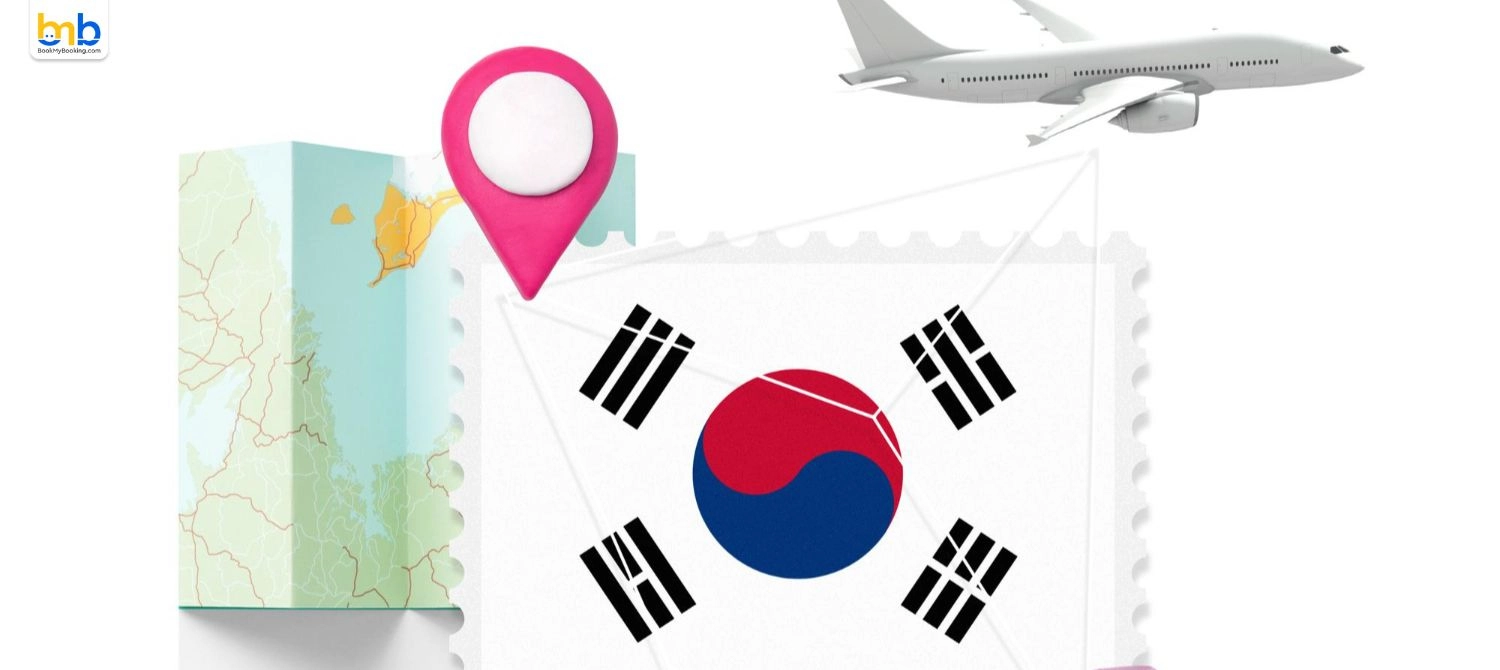Korean Air has launched new branding and livery after acquiring Asiana Airlines. The merger will become one of Asia's biggest carriers by 2027. The new design features a modernized logo and updated colours. The move aims to align with minimalist branding trends and improve service quality with a commitment to safety as a priority.
Korean Air on Tuesday launched new aircraft livery and corporate branding that will be introduced across the company as it combines with South Korean rival Asiana Airlines to become one of Asia's biggest carriers. In December, South Korea's largest airline completed a USD 1.3 billion acquisition of two-thirds of Asiana, which will be run as a subsidiary until Jan 1 2027, when it will integrate under the Korean Air name and corporate identity.
Korean Air planes will now sport the word "Korean" instead of "Korean Air" in a larger, modernized, simplified dark blue font. The top half of the fuselage will be painted light blue with a new metallic effect. "The updated logo aligns with modern and global minimalist branding trends while preserving the airline's distinct identity," the company said. Since 1984, Korean Air planes have had distinctive sky blue and white bodies and tails decorated with a styled taeguk, a traditional blue and red Korean symbol for the harmony of opposing forces used on the country's flag.
The new tail design features a simplified features taeguk in dark blue only. The first plane with the refreshed livery is a Boeing 787 10, delivered last year. Korean Air, a founding member of the SkyTeam airline alliance, was established in 1969 when South Korean conglomerate Hanjin Kal took over state-owned Korean Air Lines. The Asiana acquisition recused the debt-laden carrier from struggling even before a plunge in travel demand during the COVID-19 pandemic. The deal finalized more than four years after it was first proposed was hampered by competition concerns and became the longest merger of airlines to complete.
According to a Reuters analysis of airline data, a combined Korean Air group could account for just over half of South Korea's passenger capacity and become the world's 12th largest carrier by international capacity. "After the merger with Asiana, we will continue to grow in revenue and size. But my most important growth measurement is service quality," Korean Air CEO Walter Cho told the media.
"My top priority is safety no matter what," Cho said. South Korea recently suffered two major aviation safety incidents a month apart, including the deadliest air disaster on South Korean soil when a Jeju Air plane crashed at an airport. Korean Air has said it plans to create a single low-cost carrier by combining Asiana's budget carriers, Air Busan and Air Seoul, with Korean Air's Jin Air.
#koreanair #flights #aviationnews #travelupdate #tourismnews
 Indian Rupee
Indian Rupee Pound Sterling
Pound Sterling UAE Dirham
UAE Dirham US Dollar
US Dollar Algerian Dinar
Algerian Dinar Angolan Kwanza
Angolan Kwanza Argentine Pesos
Argentine Pesos Armenian Dram
Armenian Dram Aruban Florin
Aruban Florin Australian Dollar
Australian Dollar Azerbaijani Manat
Azerbaijani Manat Bahraini Dinar
Bahraini Dinar Baht
Baht Balboa
Balboa Bangladeshi Taka
Bangladeshi Taka Belarusian Rubles
Belarusian Rubles Belize Dollars
Belize Dollars Bermuda Dollars
Bermuda Dollars Bhutanese ngultrum
Bhutanese ngultrum Bolivares Fuertes
Bolivares Fuertes Brazilian Reais
Brazilian Reais Bulgarian Leva
Bulgarian Leva Burundian Franc
Burundian Franc Cambodian Riels
Cambodian Riels Canadian Dollar
Canadian Dollar Central African CFA franc
Central African CFA franc Chilean Pesos
Chilean Pesos Colombian Pesos
Colombian Pesos Colón
Colón Congolese Franc
Congolese Franc Cuban Pesos
Cuban Pesos Danish Krone
Danish Krone Denars
Denars Djiboutian Franc
Djiboutian Franc Dominican Pesos
Dominican Pesos Dong
Dong East Caribbean Dollars
East Caribbean Dollars Egyptian Pounds
Egyptian Pounds Ethiopian Birr
Ethiopian Birr Euro
Euro Forint
Forint Georgian Lari
Georgian Lari Ghanaian Cedi
Ghanaian Cedi Guarani
Guarani Guinean Franc
Guinean Franc Guyanese Dollars
Guyanese Dollars Hong Kong Dollars
Hong Kong Dollars Hryvnia
Hryvnia Icelandic Krona
Icelandic Krona Indonesian Rupiahs
Indonesian Rupiahs Iranian Rials
Iranian Rials Jordanian Dinar
Jordanian Dinar Kenyan Shilling
Kenyan Shilling Kips
Kips Koruny
Koruny Krone
Krone Kuna
Kuna Lati
Lati Lebanese Pounds
Lebanese Pounds Libyan Dinar
Libyan Dinar Lira
Lira Litai
Litai Malagasy Ariary
Malagasy Ariary Malawian Kwacha
Malawian Kwacha Malaysian Ringgit
Malaysian Ringgit Maldivian Rufiyaa
Maldivian Rufiyaa Mexican Pesos
Mexican Pesos Moldovan Leu
Moldovan Leu Moroccan Dirham
Moroccan Dirham Myanmar Kyat
Myanmar Kyat Nairas
Nairas Namibian Dollars
Namibian Dollars Nepali Rupee
Nepali Rupee New Dollars
New Dollars New Lei
New Lei New Shekels
New Shekels New Zealand Dollars
New Zealand Dollars Nuevos Soles
Nuevos Soles Omani Rial
Omani Rial Pakistani Rupees
Pakistani Rupees Papua New Guinean Kina
Papua New Guinean Kina Philippine peso
Philippine peso Pula
Pula Qatari Rials
Qatari Rials Quetzales
Quetzales Rand
Rand Russian Rubles
Russian Rubles Rwandan Franc
Rwandan Franc Saudi Riyals
Saudi Riyals Singapore Dollars
Singapore Dollars Soms
Soms South Korean Won
South Korean Won St. Helena Pounds
St. Helena Pounds Sudanese pound
Sudanese pound Sums
Sums Swedish Krona
Swedish Krona Switzerland Francs
Switzerland Francs Syrian Pounds
Syrian Pounds Tajikistani Somoni
Tajikistani Somoni Tanzanian Shilling
Tanzanian Shilling Tenge
Tenge Tugriks
Tugriks Tunisian Dinar
Tunisian Dinar Ugandan Shilling
Ugandan Shilling Uruguayo Pesos
Uruguayo Pesos West African CFA franc
West African CFA franc Yemeni Rials
Yemeni Rials Yen
Yen Zambian Kwacha
Zambian Kwacha Zlotych
Zlotych

